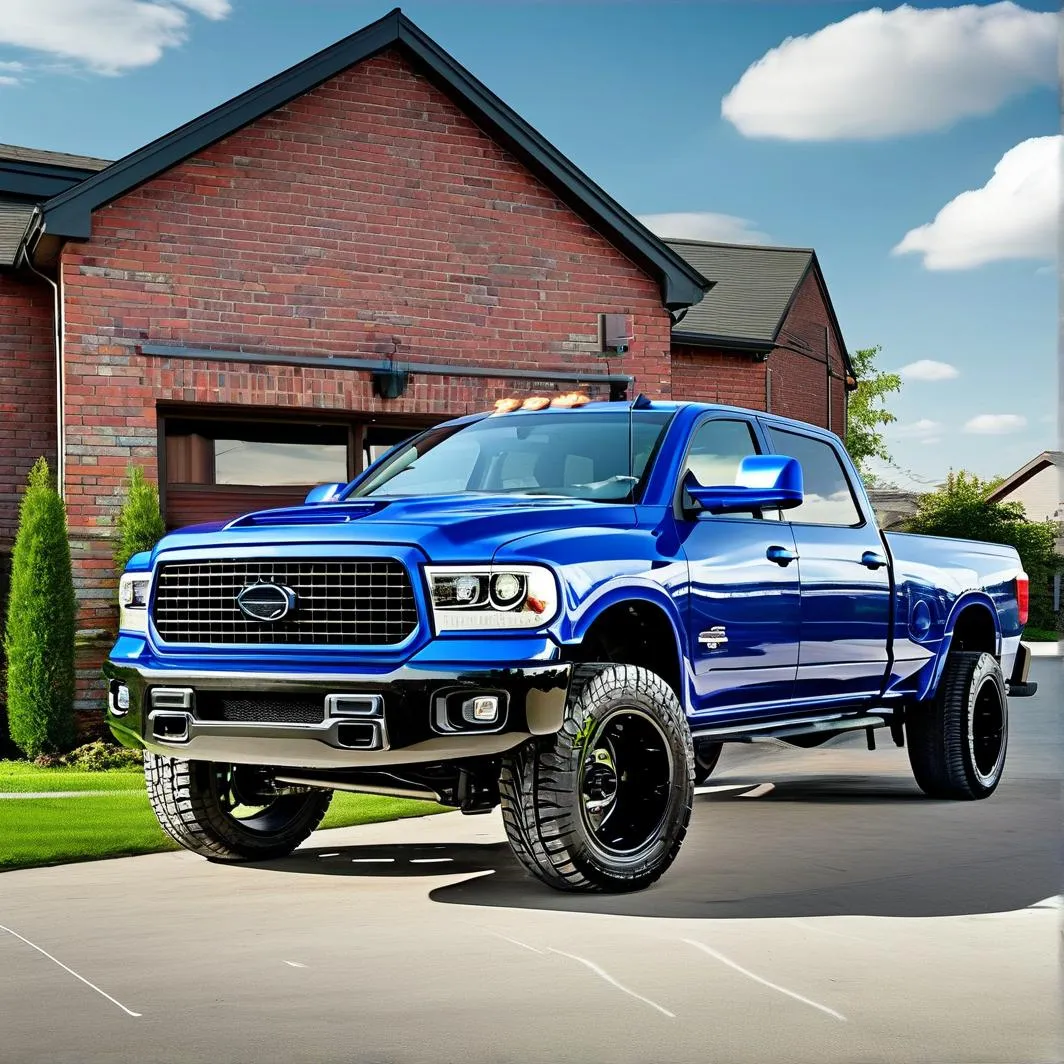The suburban automotive aftermarket is undergoing a transformative phase as consumer preferences shift toward premium truck and SUV components. With projections indicating a 6.8% CAGR growth through 2025 (IBISWorld), stakeholders need actionable insights to navigate this $48.7 billion sector. This analysis unpacks critical drivers, emerging technologies, and strategic opportunities reshaping the premium auto parts landscape.
Key Market Drivers Fueling Growth
Three factors dominate the suburban parts surge:
1. Vehicle Age Dynamics: The average age of U.S. trucks/SUVs now exceeds 12 years (SEMA), creating sustained demand for replacement components like suspension systems and transmission parts.
2. Lifestyle Upgrades: 63% of suburban buyers prioritize functional enhancements over cosmetic changes, with bed liners, towing packages, and off-road tires driving 42% of aftermarket sales (NADA Q2 2023).
3. EV Conversions: Specialized shops report 28% YOY growth in electric drivetrain retrofits for legacy trucks, particularly in states with EV tax incentives (DOE Clean Cities Data).
Emerging Technology Integration
The convergence of legacy systems and smart technologies is creating new revenue streams:
– Predictive Maintenance Sensors: Embedded IoT devices in premium brake pads and filters now command 19% price premiums while reducing warranty claims by 37% (Frost & Sullivan).
– 3D-Printed Customization: Regional fabricators using metal additive manufacturing report 55% faster turnaround for low-volume specialty parts compared to traditional methods (Wohlers Report 2024).
Supply Chain Realities Impacting Margins
While demand surges, manufacturers face critical operational challenges:
– Material Volatility: Rare earth metal prices for catalytic converters fluctuated 41% in 2023 alone (London Metal Exchange), necessitating dynamic pricing models.
– Logistics Reengineering: Coastal suppliers are establishing Midwest fulfillment hubs to reduce delivery times by 3-7 days for 72% of suburban markets (FreightWaves Analysis).
Regional Demand Variations
Market penetration strategies must account for geographic nuances:
– Sun Belt States: Phoenix and Dallas lead in suspension upgrades (+31% YOY) due to rugged terrain use cases.
– Northeast Corridor: Salt corrosion drives 43% of replacement part sales in coastal New England markets (AAA Northeast).
– Midwest Farm Belt: Combine-compatible truck modifications account for 18% of total aftermarket revenue in agricultural zones (USDA Rural Development Data).
Consumer Behavior Shifts
Recent JD Power surveys reveal evolving purchasing patterns:
– Mobile-First Research: 68% of buyers now use AR apps to visualize part installations before purchasing.
– Sustainability Premium: Components with recycled content certifications achieve 22% faster sell-through despite 15% price hikes (GreenParts Initiative).
Strategic Recommendations for Suppliers
- Implement AI-driven inventory systems that cross-reference regional vehicle registration data with failure rate statistics.
- Develop modular component lines compatible with both ICE and hybrid platforms.
- Partner with certified installers to create bundled maintenance packages – a strategy shown to boost LTV by 29% (Bain & Company).
The premium truck/SUV parts sector requires nuanced understanding of technical requirements and community-specific use cases. Suppliers combining data-driven logistics with hands-on regional expertise will capture disproportionate market share as the suburban automotive ecosystem evolves. With proper mitigation of supply chain risks and strategic adoption of smart technologies, industry leaders could see profit margins expand by 8-12 percentage points by mid-2025 (McKinsey Automotive Outlook).




Leave a Reply